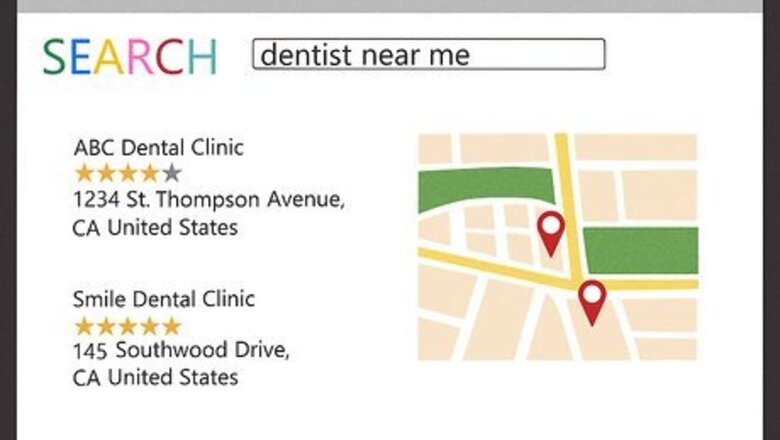
views
X
Research source
In these cases, you can use temporary pain relievers, such as wax and medication, until you can see a dentist.
Disclaimer: Whenever possible, meet with a dentist to get your tooth repaired. Filing a tooth on your own should be a last resort—if done improperly, it can cause serious, long-term damage.
- Meet with your dentist to get your tooth examined. They can help you figure out the best option for your tooth, like dental recontouring.
- Get a nail file (or a diamond-encrusted nail file) and hold it horizontal to your tooth. File it down with back-and-forth strokes, but be careful not to damage the enamel.
- Use a non-metal emery board to file your tooth, placing it flat against your tooth before slowly filing it down with back-and-forth motions.
- Relieve pain with orthodontic wax if you can’t file the tooth on your own, take pain relievers, and eat soft foods.
Seeing a Dentist
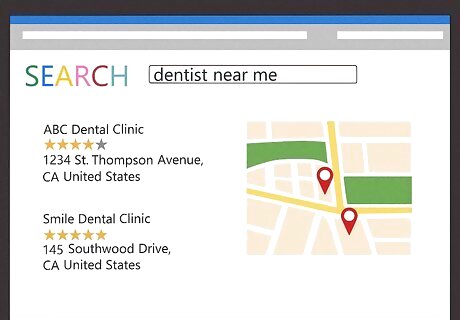
Search for dentists in your area online, in print, or through friends. If you are in severe pain, you may need to find an emergency dentist. If not, you can find dentists in your area through friends, the yellow pages, or the internet. If you already have a dentist, go ahead and give them a call. Find a dentist that is close enough for you to reach conveniently. If you work somewhere with dental benefits, check with your employer to see what dentists are covered by your insurance. If you need help affording dental care, try calling your state’s dental association and see what resources are available. You can set up a free consultation at most dentists if you need help deciding.

Make an appointment. Make an appointment with the dentist you’ve selected and show up at the date and time to their office. If the appointment is far in the future and you are experiencing pain, consider using orthodontic wax on the tooth or pain medication to relieve your pain in the meantime.
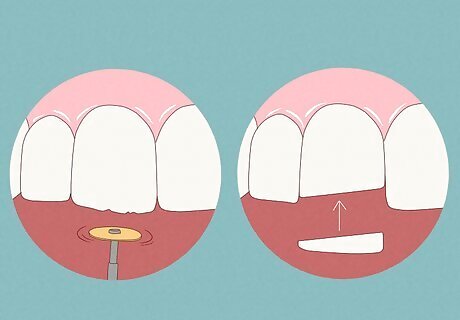
Discuss the options with your dentist and decide on a treatment. If you’re looking to file down the tooth for aesthetic reasons, ask your dentist about recontouring, a process where the tooth is reshaped for cosmetic reasons. If the tooth is chipped, ask your dentist what treatments will make the most sense to protect the tooth. Your dentist may recommend dental burring, bonding, crowns, or dental implants. With a burr, your dentist will polish the sharp areas down with a very fine diamond so the surface feels smooth. Make an informed decision with your dentist based on how serious the problem is and how much the procedures will likely cost.
Filing down the Tooth with a Nail File
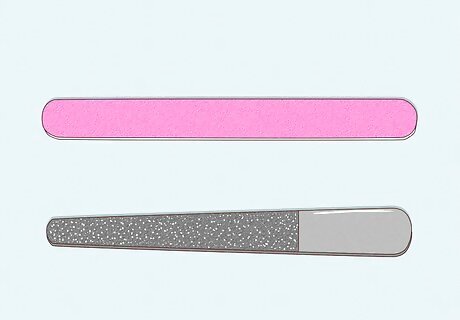
Find or buy a regular nail file or diamond-encrusted nail file. These can be found online on or in a local drug store. A regular nail file is cheaper and can get the job done, but a diamond encrusted nail file will be sharper and make the filing easier.
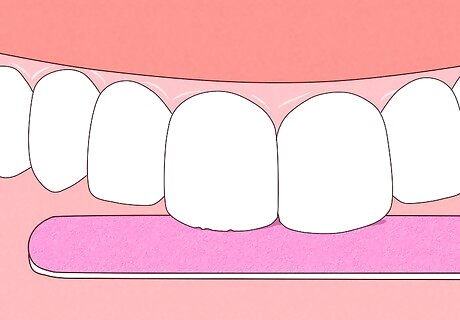
Hold the file horizontal to the tooth that needs filing. Make sure that the tooth you intend to file is pain-free before filing, as pain in the tooth may indicate nerve damage and filing is not recommended. To get a good view of what you’re doing, stand in front of a mirror while positioning the file. Check the position of the file on the tooth and be sure that you are not likely to file other teeth down in the process.
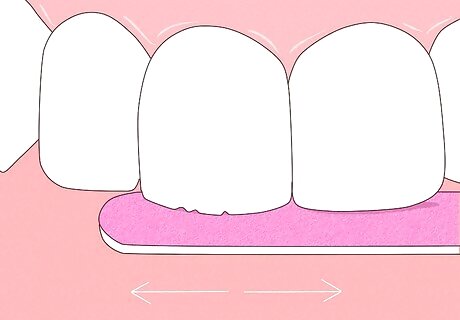
File the tooth down with a few back-and-forth strokes. A few strokes, especially when working with a diamond coated file, should bring the tooth to more of a curve and prevent pain and poking. Go slowly and don’t overdo it. You want to be careful not to damage the enamel by filing the tooth down too much.
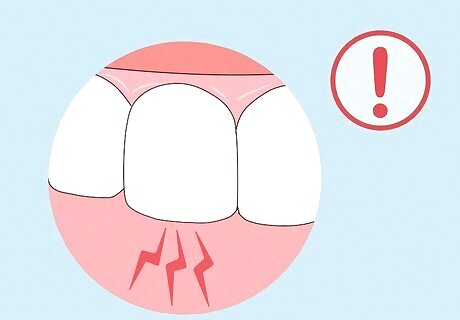
Monitor your pain over the next couple of days. If you begin to feel pain in the tooth, it is possible the enamel is damaged. If that’s the case, going to see a dentist is the best course of action. Damaged enamel can lead to many future problems, including tooth sensitivity, cavities, fracturing, and increased decay, so it is a good idea to see a dentist for treatment.
Using an Emery Board to File the Tooth
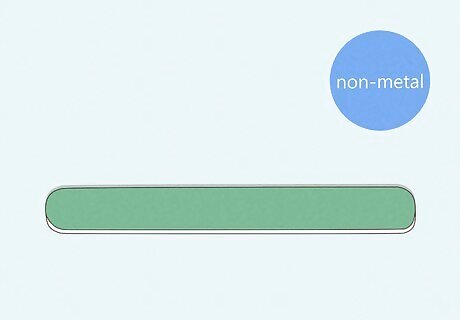
Buy a non-metal emery board. You can find an emery board online or at a local drug store. It's best to buy an emery board that is not made of metal, as metal might cause damage. Some dentists do not recommend emery boards, because enamel is hard and may need something sharper, but it may be an OK option if only a small amount of filing is needed.
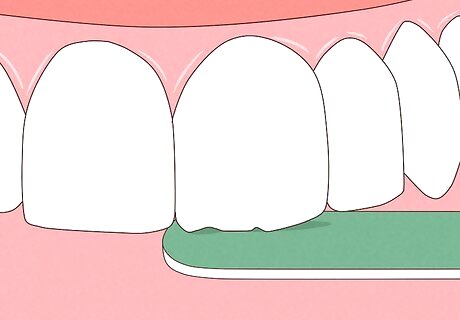
Place the emery board flat against your tooth. Stand in front of a mirror so you have a good view of the tooth you wish to file down as well as the emery board. As with using a nail file, you want to be sure that the tooth in question is pain-free. If you are experiencing pain in the tooth, it is not a good idea to continue with filing.
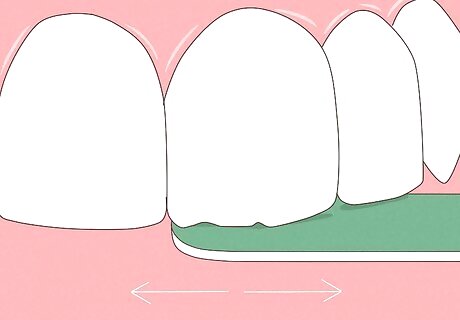
File down the tooth with a few back-and-forth strokes. You want to file down the tooth so that it is no longer cutting your mouth or tongue, but once that point has been reached it is best to stop. Be conservative with your filing, as you do not want to damage the enamel.
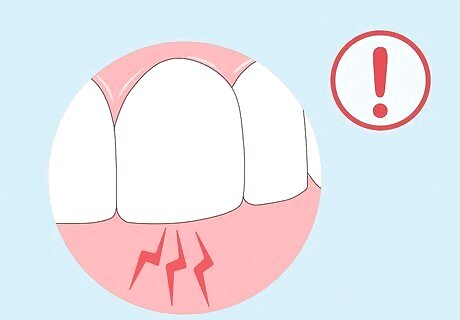
Pay attention to any pain in the tooth. If the tooth is causing pain, it is possible you have damaged the enamel. This can lead to dental problems in the future, so it is a good idea to go see a dentist.
Using Wax or Medication to Temporarily Relieve Pain
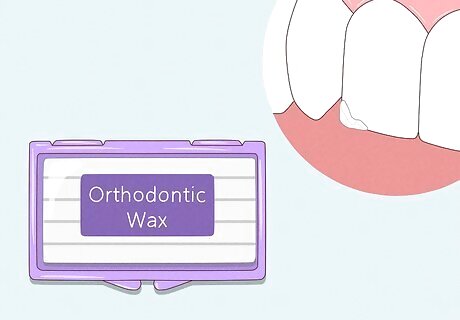
Find orthodontic wax at your local drug store. If you cannot file the tooth down due to potential nerve damage and are waiting to see a dentist, coating the tooth with wax can provide temporary relief.
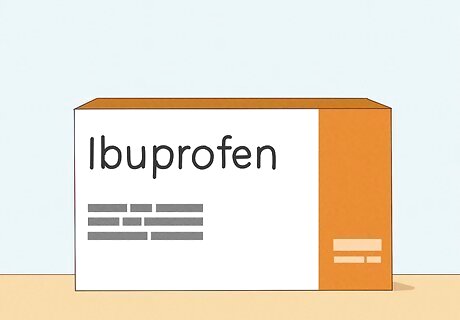
Take ibuprofen or acetaminophen to relieve pain temporarily. While this will not fix the problem, it can relieve the irritating symptoms until you have time to go to the dentist or sort out the root of the tooth pain. Be careful not to assume that the problem is gone just because the pain is. Pain medication is not a long term solution, and you should try to see a dentist if pain persists. In some cases, waiting long periods before treatment can worsen the damage.
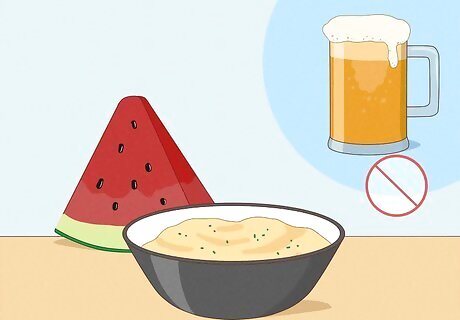
Eat soft, teeth-friendly foods. When you are experiencing tooth pain, it can help to avoid food and drinks that might irritate the enamel and focus your diet on soft food that is less likely to irritate or damage tooth enamel. Foods and drinks to avoid: sour candies, bread, alcohol, soda, ice, citrus, potato chips and dried fruits. Many of these are high in sugar and acid, which attacks enamel and leads to breakdown. Non-irritating soft foods: Applesauce, soft cheeses, soups, oatmeal, eggs, mashed potatoes, watermelon, yogurt, cottage cheese, noodles, rice.
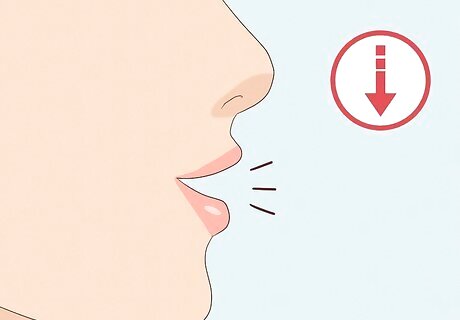
Limit the amount of talking you’re doing. Especially if the sharp tooth is cutting into your mouth, it can help to avoid further cutting of the inside of your cheeks. If you can, try writing down brief messages rather than talk - you might even say you're on vocal rest for a bit.


















Comments
0 comment